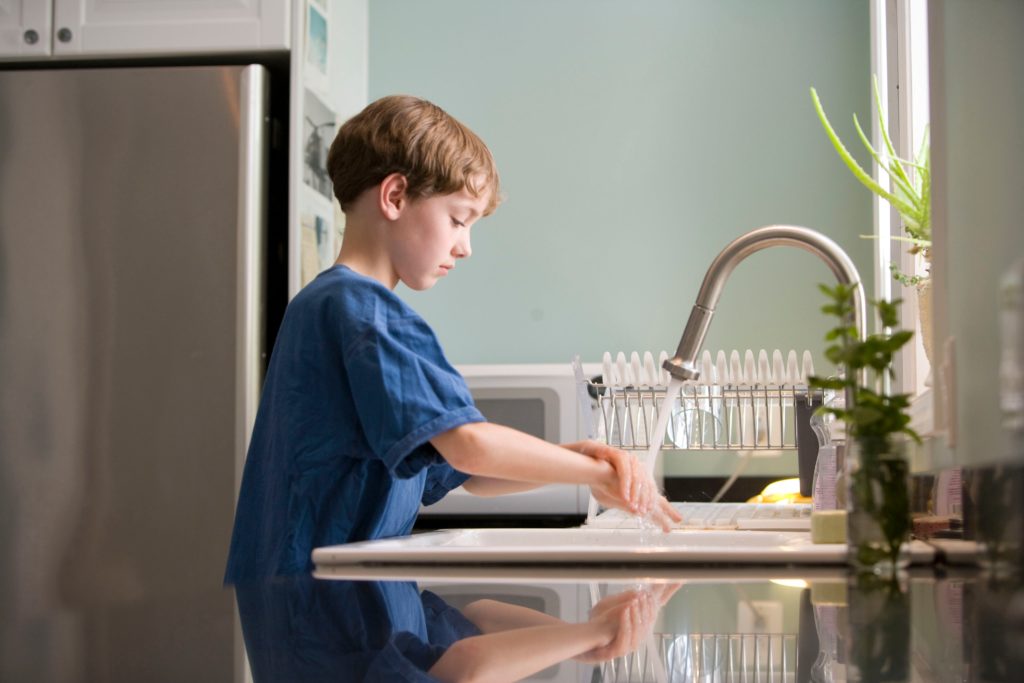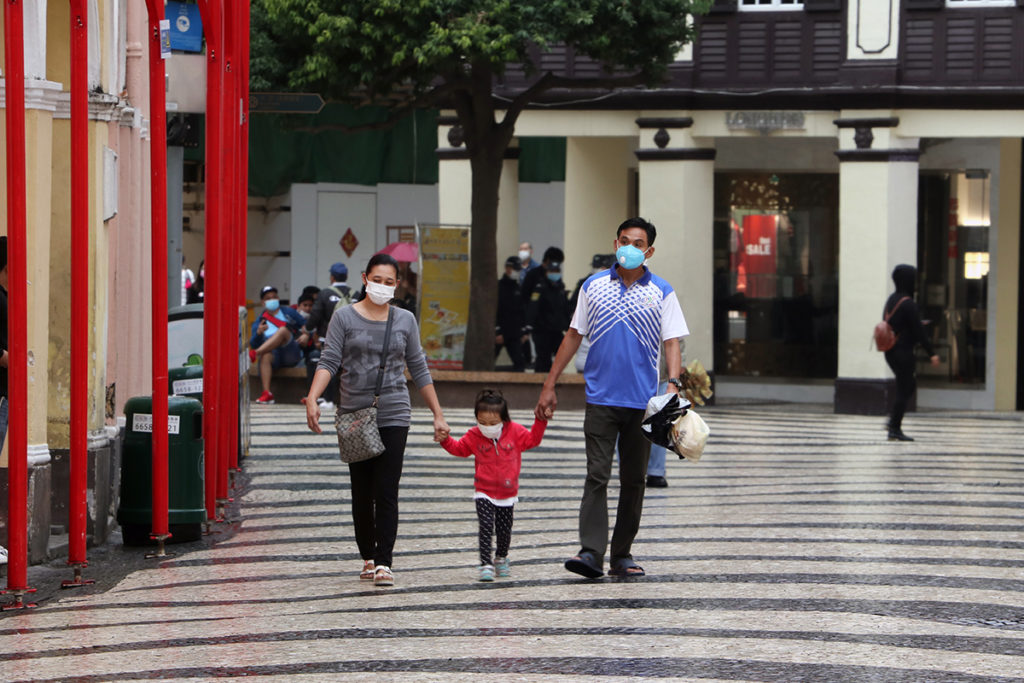Concerns over news, in general, can make everyone anxious and that includes children. It’s very important to remember that children look to adults for guidance. This means parents AND teachers, and they react according to what they see, hear and/or feel. It is important to communicate the facts to them using age appropriate language and pictures. It is important to emphasize correct preventive measures that children can take onboard and act on when their parents are not around.
Here are some steps to follow when you teach children about the coronavirus:
1–Information
Ask them if they heard the news and what they think it means. Meet them where they are and explain to them what the news means, neither dramatizing nor dwelling on the negative. For example: ‘some people die of it, but there are many people who get better and can continue with their lives’.
2–Family/School
Assure them that their family is fine and that you’ve got a plan and so does the school. Talk to them about what that plan might be, whether it involves hygiene measures, doctor check-ups, putting a freeze on play dates, etc. Explain the reasons behind these measures and help them understand their benefit and importance.
3–TV/Social Media
You might want to be extra cautious with what media is available to your children. Once they can read, they are more influenced by that than your message and they might feel guilty to even talk to you about it as they were not supposed to read it at all.
4–Routine
Try to maintain the usual routine as much as possible. Talking to parents and students learning online these days, they have all agreed on the importance of a daily routine, in spite of a changing environment.
5–Watch your language
When explaining the news, it’s important to avoid language that children might use later, resulting in racial, national or religious blaming. Explain the facts without stereotyping, e.g. the virus comes from China, it’s not a Chinese virus.
6–Model behaviour
If that behaviour includes hygiene, show them how to wash correctly and how often. When you teach children about the coronavirus, make sure to show them how to sneeze in public, how to use and dispose of tissues, etc.
7–Communicate and cooperate with the school
The truth is that schools would rather not close. It’s difficult for everyone and extremely disruptive, not just for families and students, but for the entire teaching staff. Talk to your school about respecting the travel bans and protocols in place. Remember, you’re part of the community, by respecting the guidelines you ensure safety for everyone, not just your children.
8–Questions and answers
Children at a certain age have a lot of questions. Make yourself available to answer their questions. Do not consider them silly: encourage discussion. It helps you discover their fears and understand where they stand in the matter.
9–Cartoons
Cartoons are a great and easy way to make things understood. Here is a link to a page which facilitates explanations and other activities to teach children about the coronavirus: A comic exploring the new coronavirus
10–Extra resources
Please consult specialised resources for further information. You can download them here:



